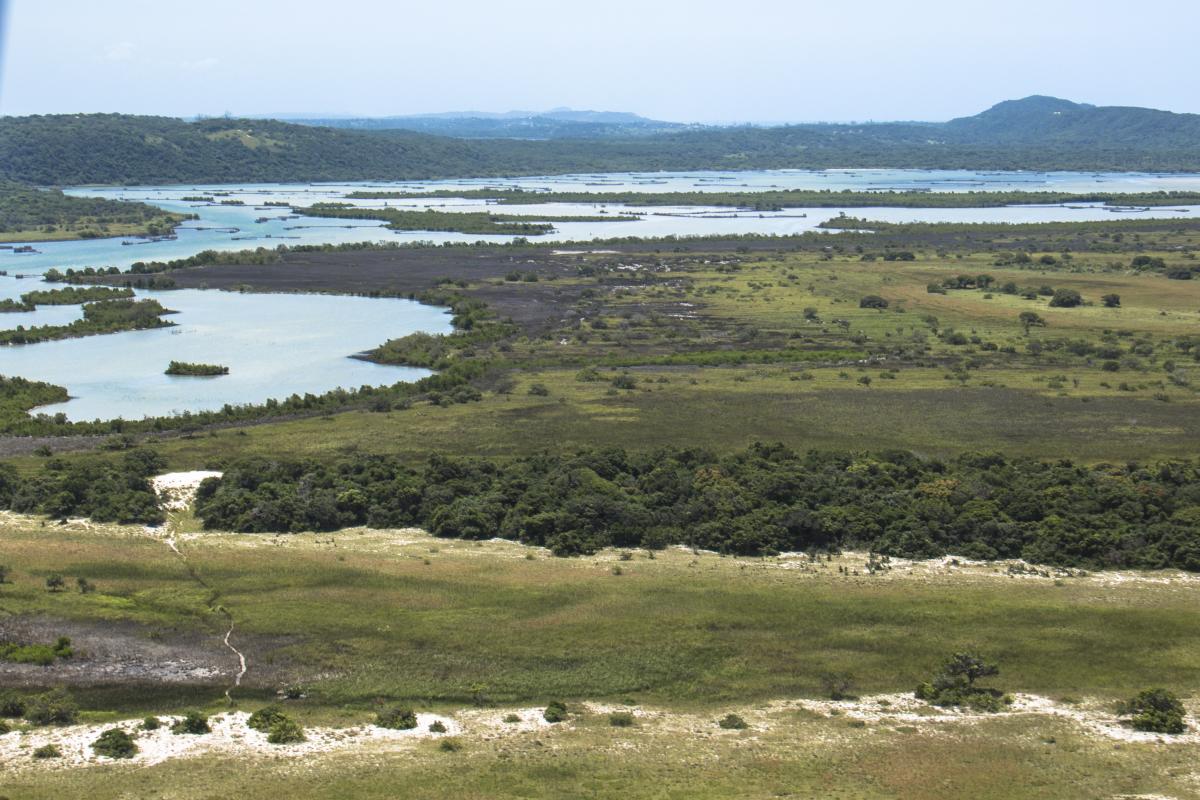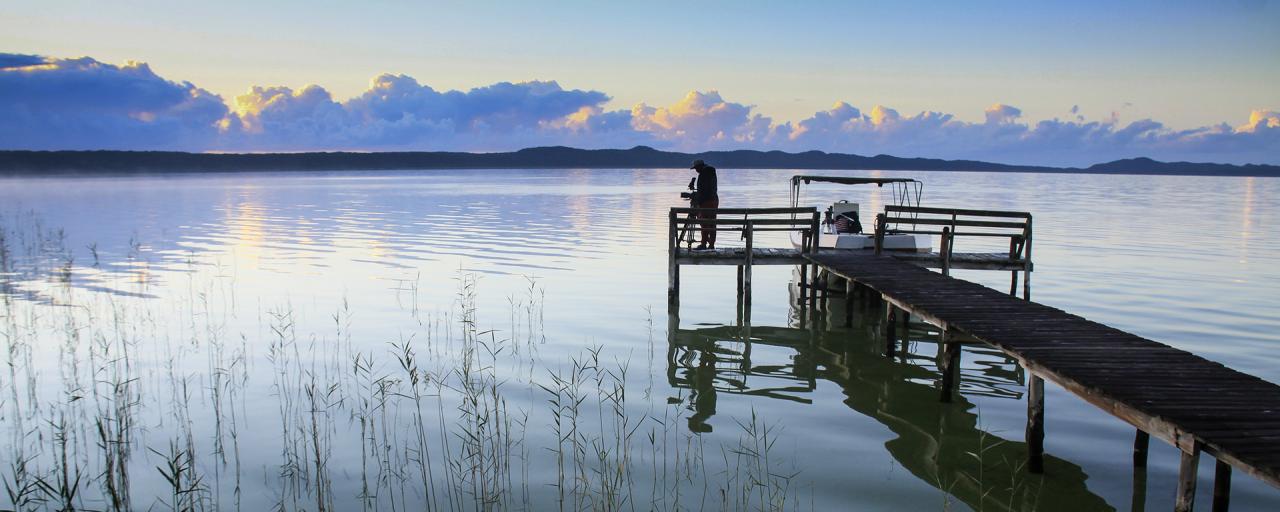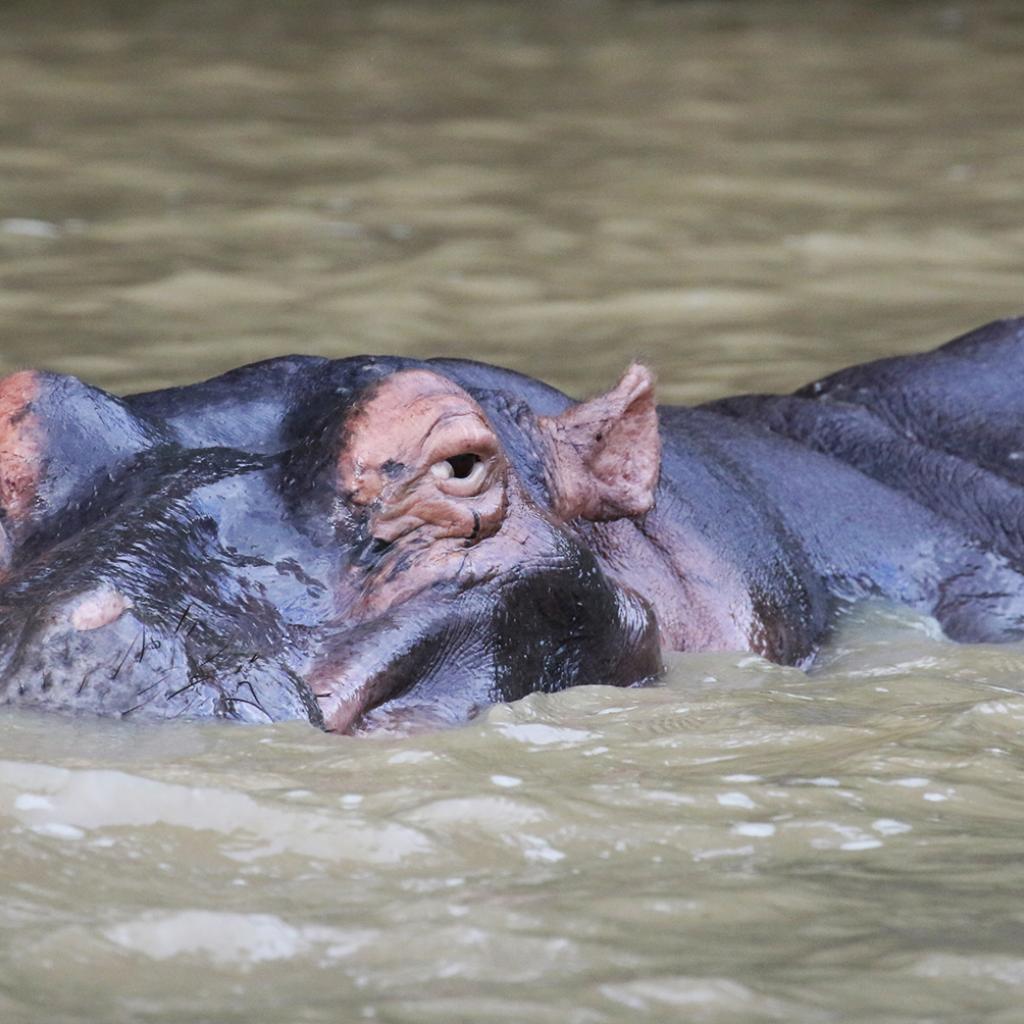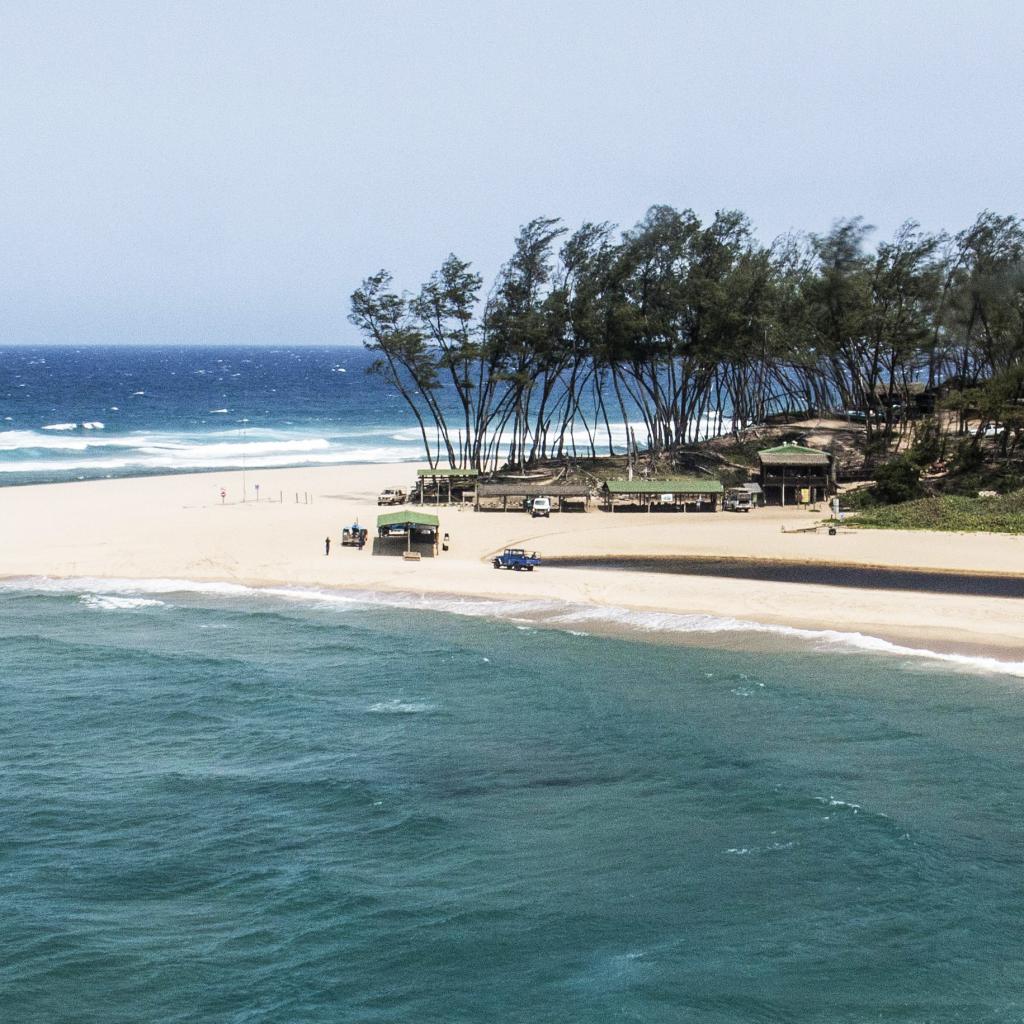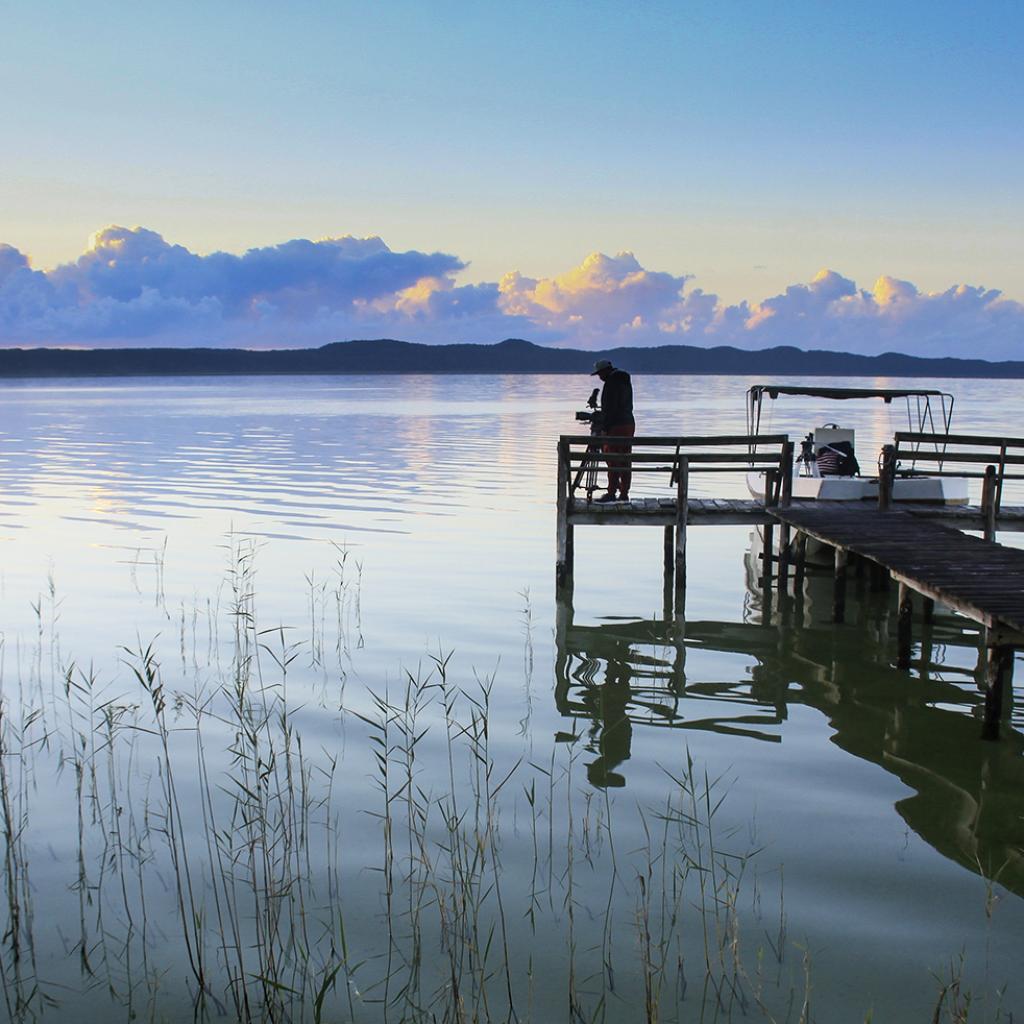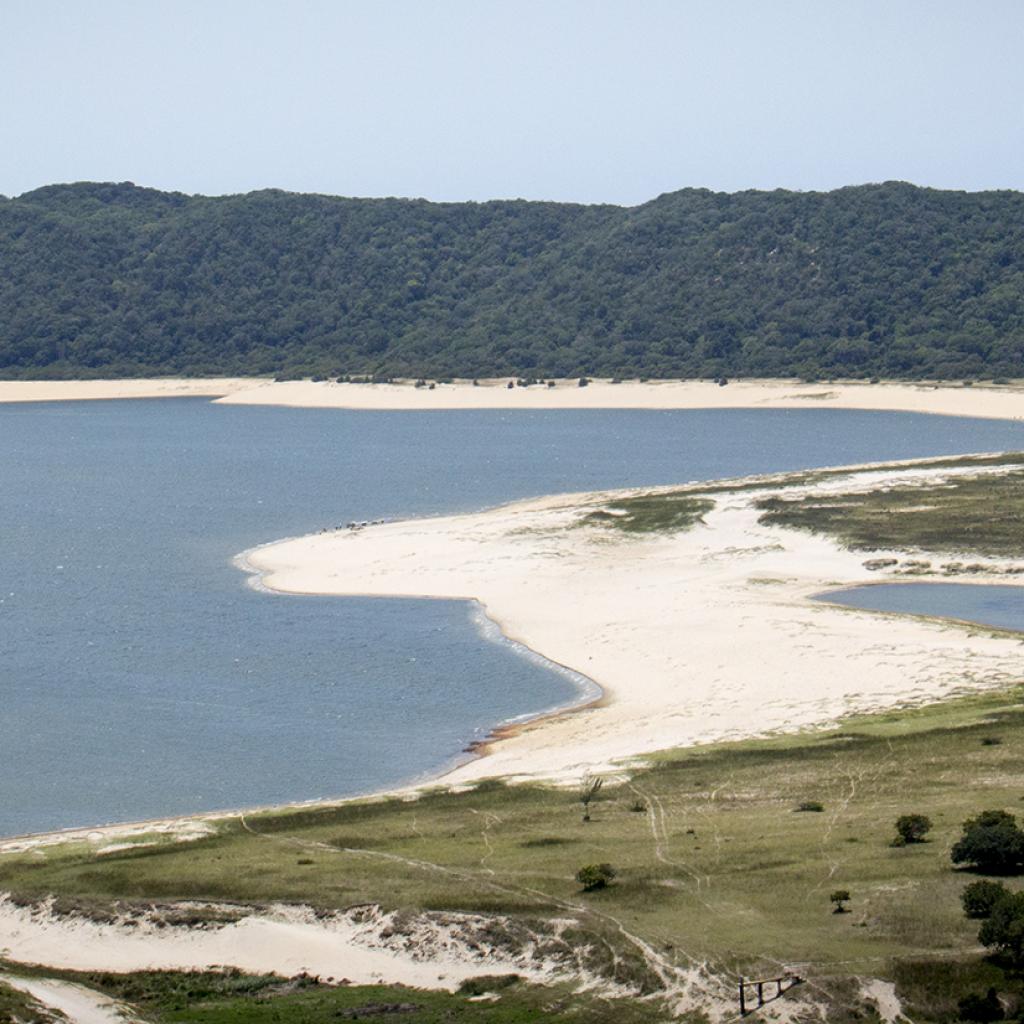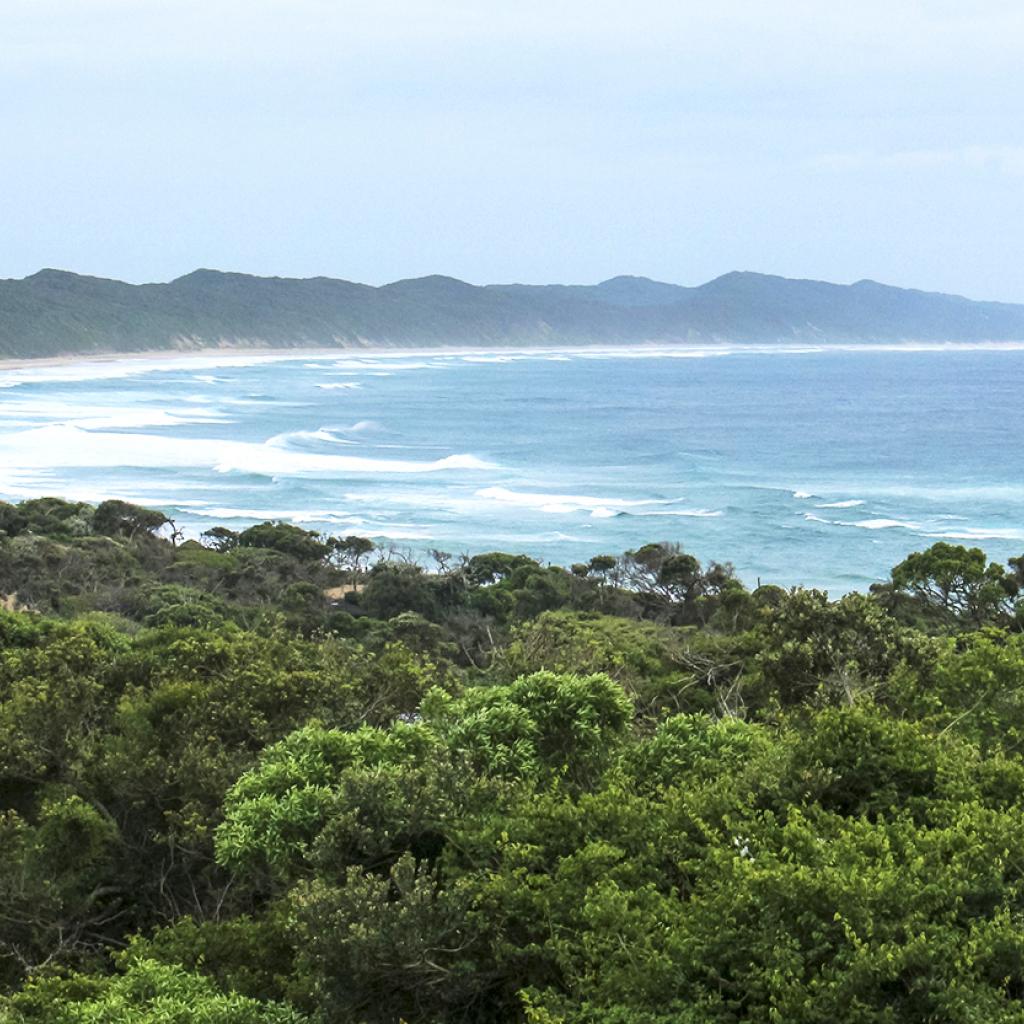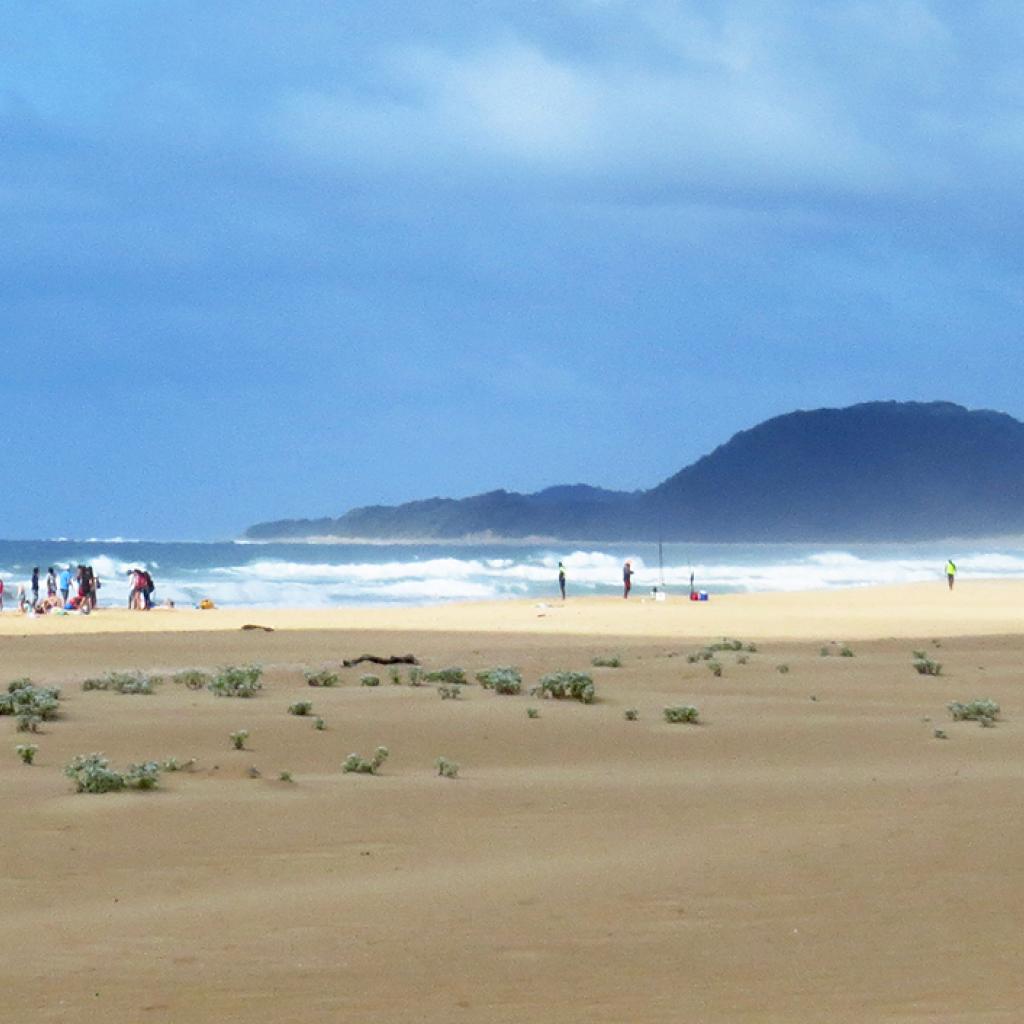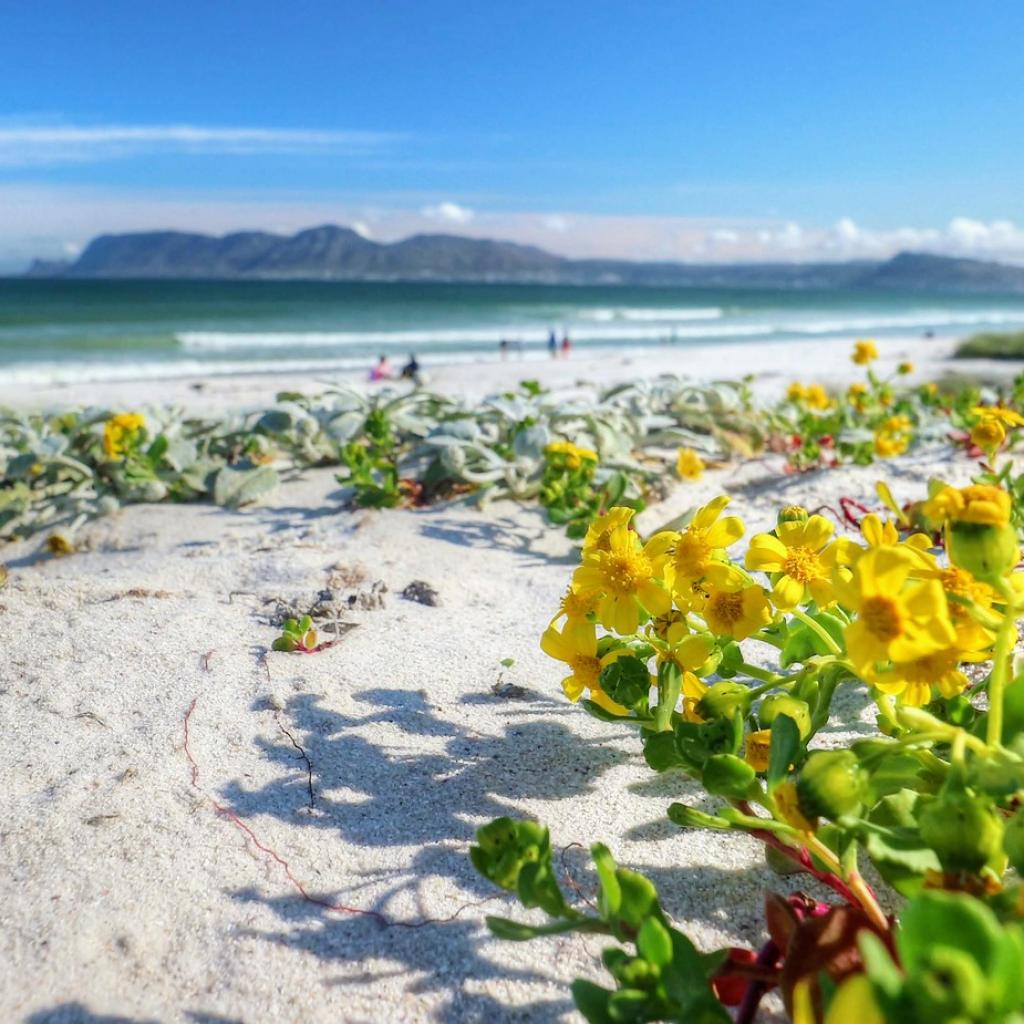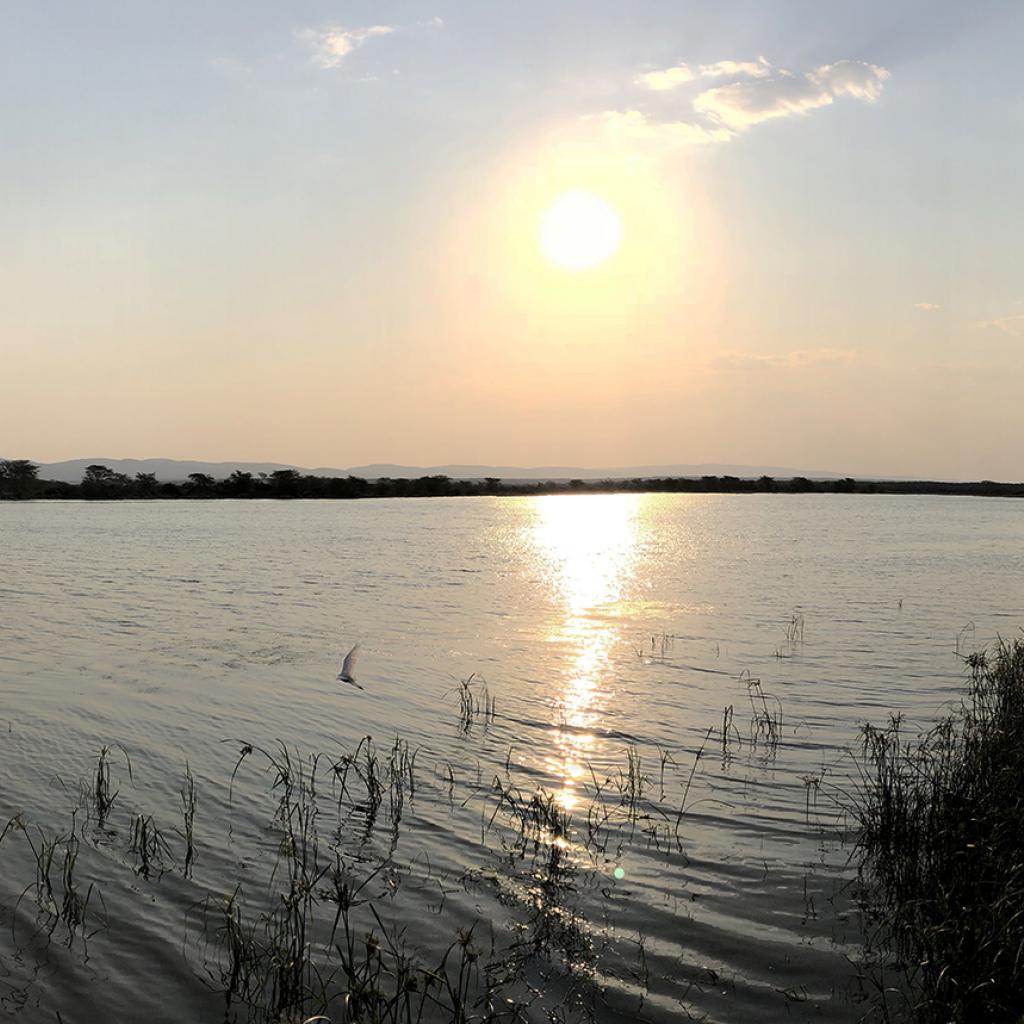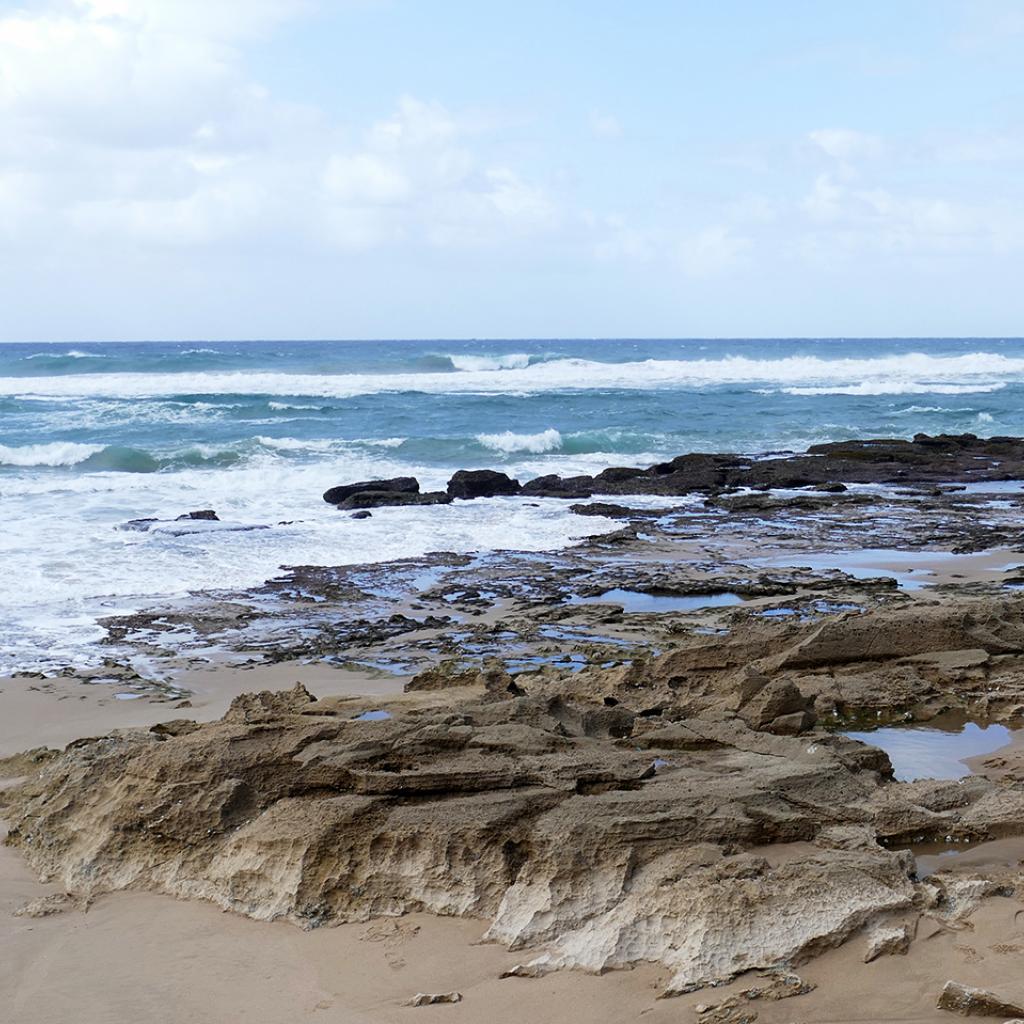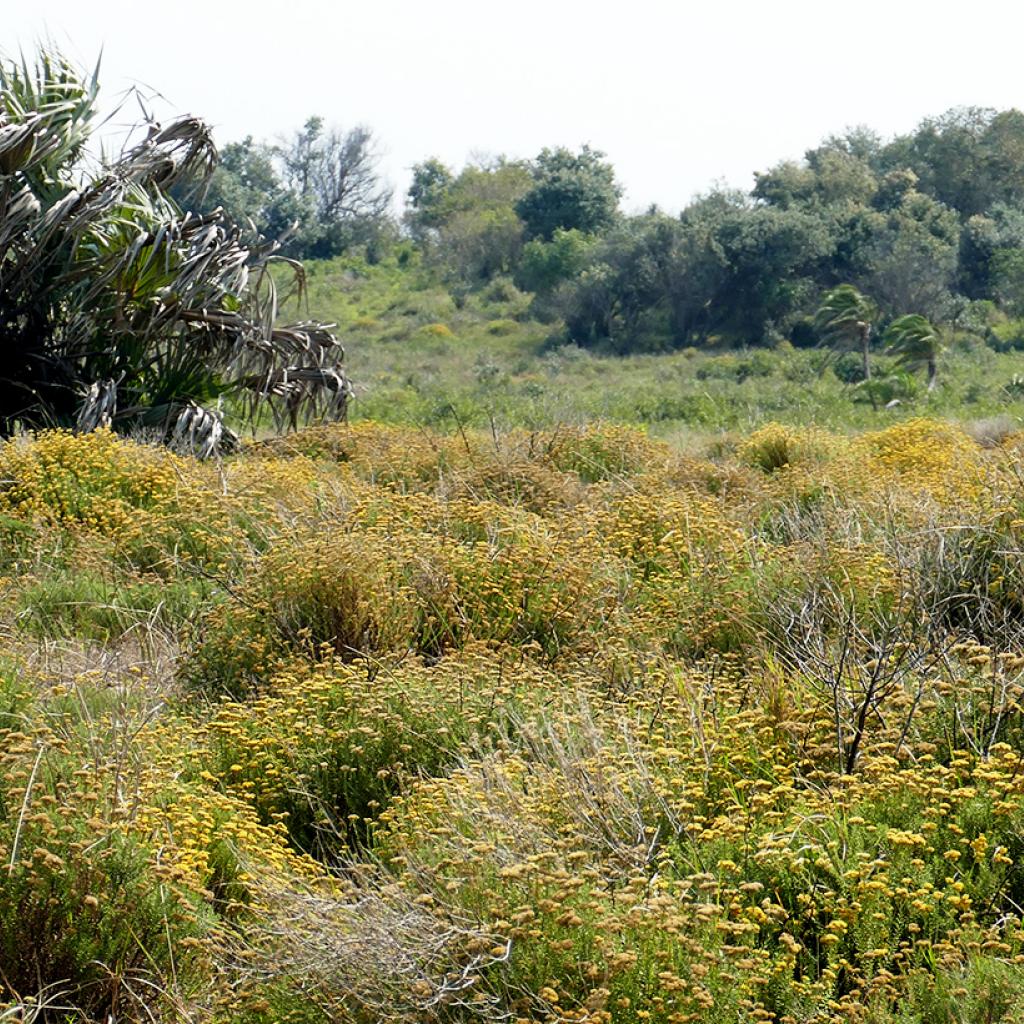Kosi Bay is located in the North-Eastern part of the Isimangaliso Wetland Park, almost on the border between South Africa and Mozambique, in fact the Northern most part of this area is only 2 km from the border.
Kosi Bay is an area of 110 square kilometers consisting of an estuaryof about 18 km surrounded by vegetated dunes, among the highest in the world, as well as lakes, marshes, white beaches, the blue of the Indian Ocean, canals, reeds, forests of palms and mangrove swamps, with 5 different species of mangroves; it is one of the last unspoiled African paradises.
At Kosi Bay there are about 250 species of birds, both aquatic and predatory, such as the African Fish Eagle, the rare Palm nut Vulture and flamingos.
Furthermore this is one of the few places where you can see the Raffia Palm, this plant reaches 16 meters in height and has the longest leaves of the whole plant world; it is used in the textile and construction industries, and it grows spontaneously here in Kosi Bay.
On the pristine beaches of Kosi Bay, from November to March, sea turtlesnest, one can spot 2 species of these beautiful animals: the Leatherback turtle and the Loggerhead turtle; while, from June to November, it is possible to spot humpback whales and Southern right whales that, from Antarctica, go back along the coast of South Africa in search of warmer waters to give birth.
Finally, various animals can be spotted, such as Nile crocodiles and hippos, that live in the waters of lakes and swamps, several antelopes and monkeys that prefer the forest and vegetated dunes.
At the Kosi Bay estuary there are the ancient traps for fishing of the Tembe or Thonga population, the kraal, these structures have a fascinating history: Kosi Bay is famous for these traps and containment fences that, since 700 years, the locals build and use to fish.
The fences are built to direct the fish towards the trap, so that they can no longer find the way back; for this reason they have a curved shape, to disorient the fish; the traps are built so that the smaller fish can escape, while only the larger fish are retained.
The construction techniques of these traps are handed down from generation to generation, as is the right to fish in a particular place; any diatribes are resolved by the tribal authority, that also assigns fishing rights.
This area is also very well known for sport fishing, in particular here it is possible to go surf angling, fly-fishing, surf-fishing and rock fishing.
Kosi Bay is a system of lakes and canals of fresh and salt water, among the most beautiful and unspoiled of the African coasts; the four lakes, Amanzimnyama, Nhlange, Mpungwini and Makhawulani, are linked together by a series of canals and marshy areas and their waters flow slowly towards the Indian Ocean, through a shallow channel, the Kosi Bay River, whose waters are so transparent and harbor so many fish that it is called "aquarium", and its estuary.
It is possible to organize a boat trip from the Nhlange Lake to the Makhawulani Lake, passing through the canals and reed beds; the views are spectacular, one can also snorkel near the mangrove shores and visit the Thonga or Tembe fishing traps.
You can reach Kosi Bay from the town of Hluhluwe, continuing to Sodwana Bay and then to Manguzi, that is the nearest town to Kosi Bay, that is 13 km away.
This area can only be explored with a 4x4 vehicle.
